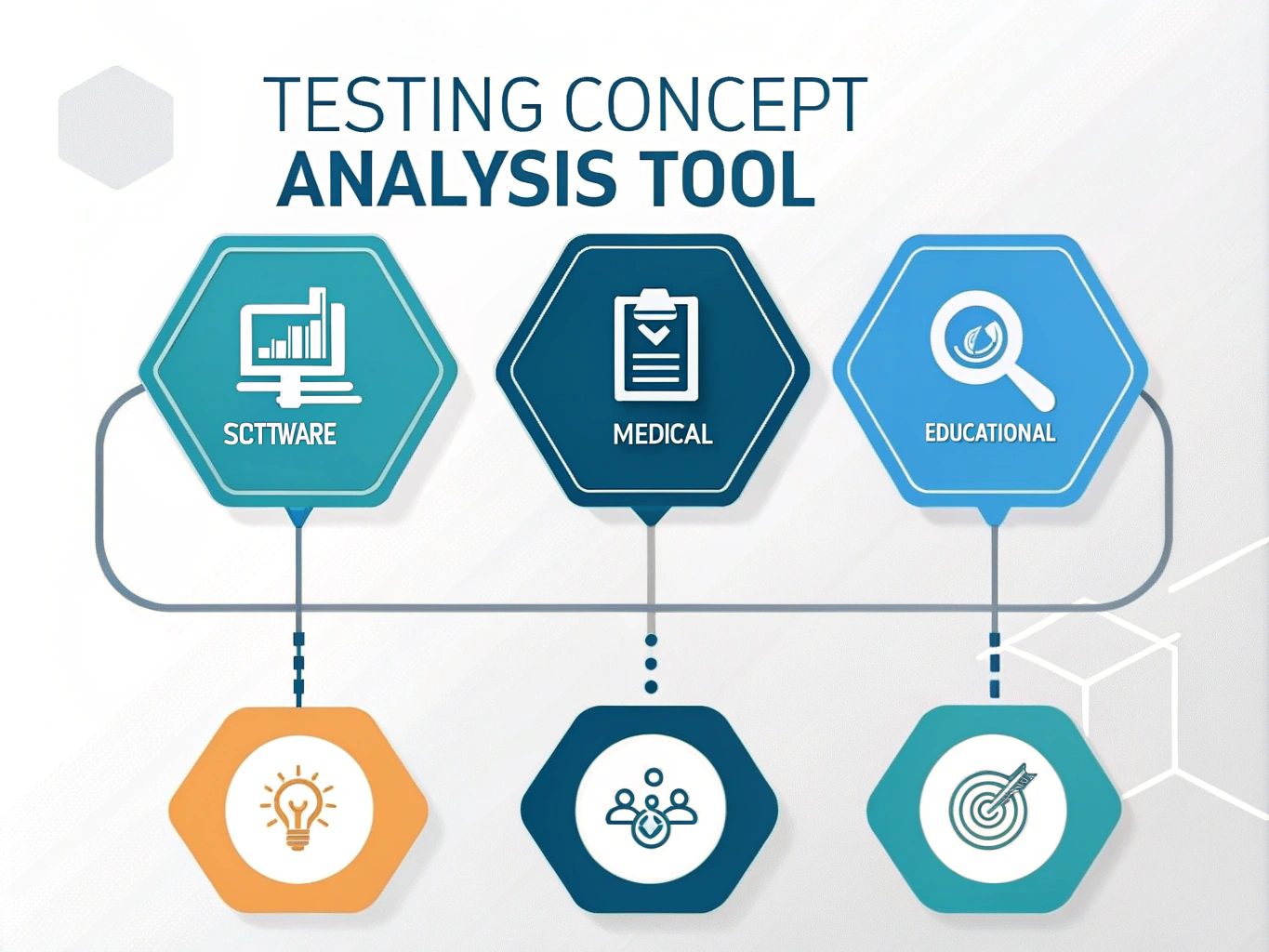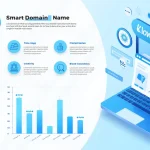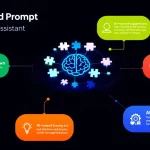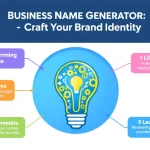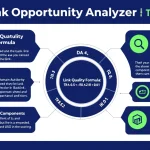Testing Concept Analysis
Is this tool helpful?
How to Use the Testing Concept Analysis Tool Effectively
Use the Testing Concept Analysis Tool to gain detailed insights into testing methodologies across various fields. Follow these steps to obtain a focused and meaningful analysis:
- Specify testing domains: Enter relevant testing fields in the first input. For example, try “renewable energy, telecommunications” or “construction, biotechnology” to explore these sectors.
- Provide specific testing methods or examples: In the second field, list key testing approaches you’d like the analysis to include. Use inputs like “stress analysis for wind turbines, signal integrity testing” or “concrete strength testing, gene sequencing quality control”.
- Highlight testing challenges or issues: Optionally, mention specific obstacles or concerns to be addressed. Examples include “accuracy limitations in sensor calibration, regulatory hurdles” or “sample contamination, scalability problems”.
- Generate the analysis: Click the Analyze Testing Concept button. The tool will process your inputs and create a comprehensive report covering your selected domains, methods, and challenges.
- Review the results: Read through the generated insights which will appear below the form, helping you understand testing trends, best practices, and potential pitfalls in your specified areas.
- Save or share the output: Use the provided option to copy the analysis to your clipboard. You can then paste and share it as needed for collaboration or documentation.
Introduction to the Testing Concept Analysis Tool
The Testing Concept Analysis Tool delivers tailored insights into testing strategies across multiple industries and disciplines. It helps you explore testing domains such as software development, medical research, education, manufacturing, and more, by synthesizing relevant methodologies, challenges, and best practices.
Tool Purpose and Core Benefits
This tool offers targeted analysis based on the testing domains and specific methods you select. It helps you:
- Understand industry-specific testing standards and protocols.
- Compare testing approaches across diverse fields.
- Identify common challenges and practical solutions.
- Save time by generating concise, comprehensive overviews.
- Stay informed about emerging trends and innovative testing techniques.
Practical Use Cases for the Testing Concept Analysis Tool
The tool is valuable for professionals and researchers needing domain-specific testing insights. Here are some practical applications:
1. Software Quality Assurance
A QA manager can explore testing strategies by entering domains like “mobile app testing, cloud services” and methods such as “regression testing, load testing”. This input generates analysis that helps refine testing workflows and pinpoint potential implementation challenges.
2. Environmental Technology
An engineer developing solar panels inputs domains such as “photovoltaics testing, environmental durability” and methods like “thermal cycling, UV exposure tests”. The tool provides insights into standards and challenges to improve product reliability.
3. Consumer Electronics
A product tester focuses on “wearable technology, battery testing” with methods such as “battery lifespan testing, usability studies”. The tool helps navigate best practices and identifies common testing pitfalls to enhance product performance.
4. Medical Device Validation
Biomedical engineers analyzing “implantable devices, regulatory compliance testing” paired with methods like “biocompatibility tests, sterilization validation” benefit from detailed guidance on compliance and process improvement.
Key Benefits of Using the Testing Concept Analysis Tool
Customized Content for Your Needs
You control the scope by specifying domains and methods, ensuring the analysis fits your unique context and challenges. This tailored insight helps you make better testing decisions quickly.
Saves Research Time
Instead of gathering and comparing data manually, the tool consolidates relevant information into one accessible report. You spend less time searching and more time acting on the findings.
Supports Cross-Industry Comparison
Input multiple testing domains to discover parallels and differences in testing methodologies. This feature helps generate ideas for innovation and process improvement across industries.
Raises Awareness of Testing Challenges
The tool highlights potential pitfalls such as validation issues, scalability concerns, and compliance hurdles. Knowing these challenges ahead of time helps you prepare effective mitigation strategies.
Promotes Continuous Improvement
Use the insights to benchmark your current testing practices against industry standards and emerging trends. This encourages ongoing refinement and adoption of better testing techniques.
Addressing Your Testing Needs and Challenges
Bridging Knowledge Gaps Quickly
Whether moving into new industries or exploring unfamiliar testing domains, the tool accelerates learning by providing focused, domain-specific knowledge.
Aiding Project Planning
Use this tool early in your project to understand required testing methods, anticipate common challenges, and develop concrete plans that reduce risks.
Encouraging Innovation Across Domains
The comparative analysis functionality helps identify testing approaches that succeed in other industries and might optimize your own processes.
Helping You Mitigate Risks
By surfacing typical challenges, the tool allows you to plan proactive solutions to minimize errors, delays, or compliance issues in your testing activities.
Supporting Continuous Testing Process Improvement
Leverage the analysis to evaluate current testing practices, track progress, and incorporate emerging best practices to keep your testing robust and effective.
Frequently Asked Questions About the Testing Concept Analysis Tool
Can I analyze multiple testing domains at the same time?
Yes, simply separate your testing domains with commas in the first input field. This allows you to receive a comparative analysis across industries, highlighting both commonalities and differences.
How detailed is the analysis provided?
The analysis depth depends on the specificity of your inputs. Detailed descriptions of testing domains, methods, and challenges result in a comprehensive, actionable report.
Does the tool include emerging testing trends?
Yes, the tool incorporates updated information on innovative and cutting-edge testing methods when you specify relevant keywords or challenges.
Is the tool suitable for beginners?
Absolutely. Beginners receive clear explanations of basic testing concepts, while advanced users benefit from in-depth analysis tailored to complex testing scenarios.
Can I save or share the generated analysis easily?
You can copy the entire analysis to your clipboard using the provided interface, allowing easy saving or sharing with colleagues.
How often should I use the tool?
Use the tool at crucial points such as the start of projects, during process reviews, or periodically (quarterly or bi-annually) to stay updated on testing best practices and trends.
Does the tool provide recommendations on specific testing software?
While primarily focused on concepts and methods, the tool may mention common tools or software related to your inputs, but it does not offer direct product endorsements.
Important Disclaimer
The calculations, results, and content provided by our tools are not guaranteed to be accurate, complete, or reliable. Users are responsible for verifying and interpreting the results. Our content and tools may contain errors, biases, or inconsistencies. Do not enter personal data, sensitive information, or personally identifiable information in our web forms or tools. Such data entry violates our terms of service and may result in unauthorized disclosure to third parties. We reserve the right to save inputs and outputs from our tools for the purposes of error debugging, bias identification, and performance improvement. External companies providing AI models used in our tools may also save and process data in accordance with their own policies. By using our tools, you consent to this data collection and processing. We reserve the right to limit the usage of our tools based on current usability factors.
